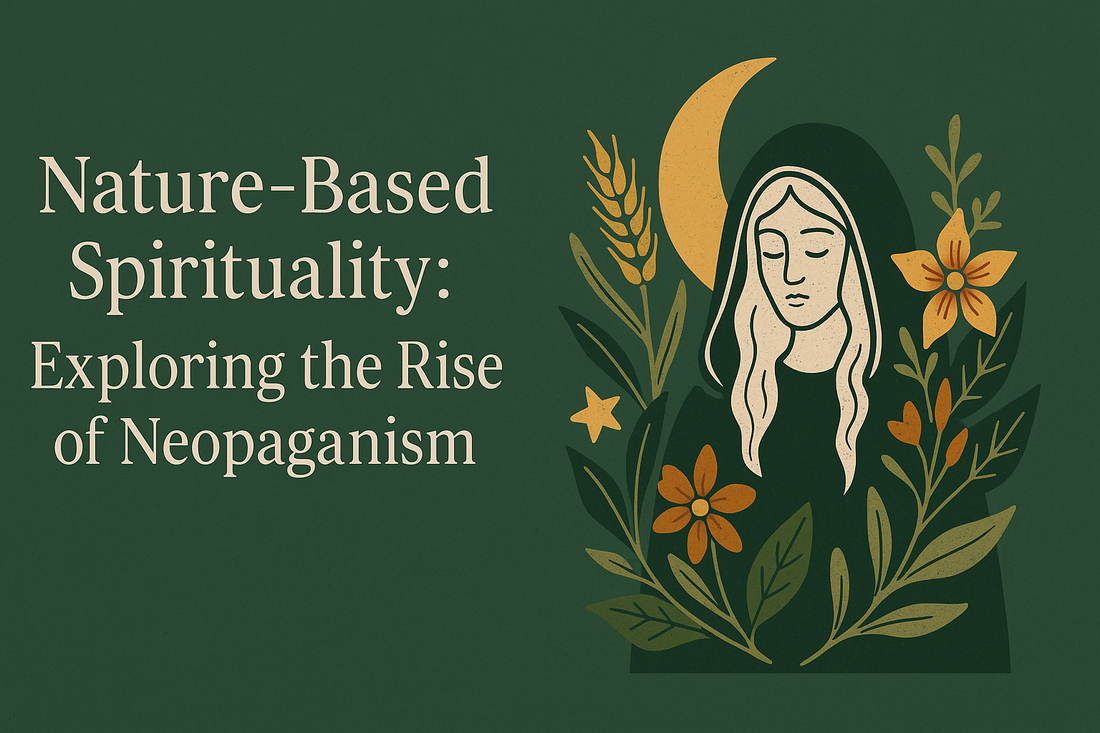
Nature-Based Spirituality: Exploring the Rise of Neopaganism
Share
Neopaganism is a modern spiritual movement that seeks to reconnect with the ancient, pre-Christian traditions of Europe and other parts of the world. It encompasses a wide range of beliefs and practices, including Wicca, Druidry, Asatru, and many others.
The roots of neopaganism can be traced back to the late 19th century, when a number of scholars and enthusiasts began to study and revive ancient pagan beliefs and practices. This movement gained momentum in the 1960s and 1970s, when a wave of countercultural and feminist movements led many people to seek alternative spiritual paths.
Today, neopaganism is a thriving and diverse movement that is practiced by millions of people around the world. It offers a rich and varied set of spiritual practices that are grounded in a deep reverence for nature and the natural world.
One of the key reasons for the rise of neopaganism is a growing desire among people to reconnect with nature and the elements. As our lives become increasingly disconnected from the natural world, many people are turning to neopaganism as a way to rediscover their connection to the earth and the cycles of the seasons.
Another factor in the rise of neopaganism is a growing dissatisfaction with traditional religions, which many people feel have become too institutionalized and dogmatic. Neopaganism offers a more flexible and personal approach to spirituality, allowing individuals to craft their own unique spiritual path.
Overall, neopaganism is a vibrant and growing movement that offers a rich and varied spiritual path for those who seek to reconnect with the natural world and explore their own inner selves. Whether you are drawn to the ancient wisdom of the Celts, the Norse gods of Asatru, or the modern practices of Wicca, neopaganism has something to offer for everyone.

